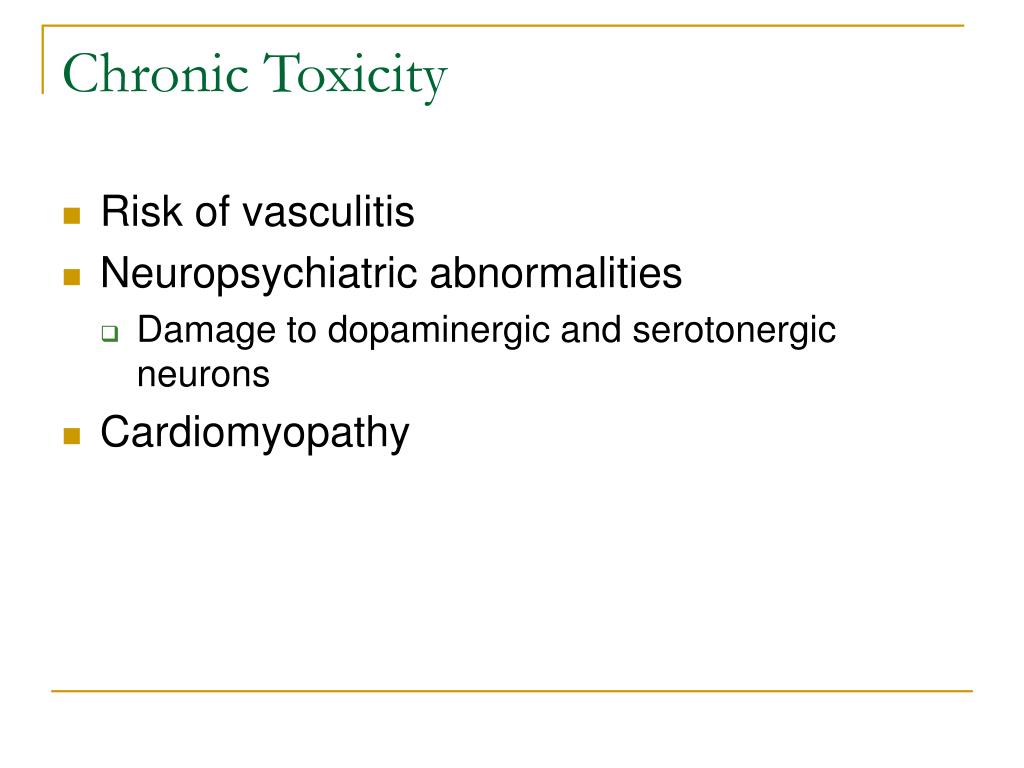

The trend in increasing overdose predates the beginning of the COVID-19 pandemic. And heroin-related overdose continued a downward trend, declining 3.6 percentage. Prescription opioid-related overdose shows the first increase in years, 10.6 percentage y-o-y. Overall opioid-related overdose deaths increased 33.9 percentage (September, 2020: 64,472 deaths), driven by a dramatic increase in synthetic opioid-related overdose – a 53.1 percentage increase (September, 2020: 52,157 deaths). Comparing that past 12-month period to the one ending September, 2019, we see a more dramatic picture.

As of this writing, the CDC provisional overdose data is reporting up to the 12-month period ending September, 2020. Year-over-year increases were noted in synthetic opioid-related overdose (up 16.1% to 36,603) along with decreases in heroin-related (down 6.5%) and prescription opioid-related (down 5.2%) overdose. For the 12-month period ending December 31, 2019, there were 50,178 reported opioid-related overdoses, a 6.5 percentage increase from the 12-month period ending December 2018 (47,096). Provisional data from the CDC show increasing overdose mortality in 2019 and early 2020. This decline, however, was just a temporary reprieve.
#AMPHETAMINE OVERDOSE DRIVER#
A sudden decline, from 2017 to 2018, in availability of carfentanil, a highly potent synthetic opioid, has also been suggested as a downward driver of opioid deaths during this short time period. > 90 morphine milligram equivalents) prescribing. This decline has been attributed to reduced prescribing volume, esp. Seventeen states had noted declines in deaths due to prescriptions opioids and none had increases. The overall downward signal was driven by declines in deaths related to prescription opioids. Deaths declined for all opioids (2%), prescription opioids (14%), and heroin (4%), yet increased for synthetic opioids (10%) in this time period. As of this writing, the most recent formal US Centers for Disease Control and Prevention (CDC) report on overdose reveals a slight overall decline in opioid-related fatalities from 2017 to 2018. The triple wave overdose phenomenon continues past 2018 with new and concerning permutations. No caption available CURRENT TRENDS IN DRUG OVERDOSE
#AMPHETAMINE OVERDOSE DRIVERS#
Availability and use of illicit fentanyls are still the major drivers of overdose deaths and the current rise in stimulant-related deaths appears entwined with the ongoing opioid epidemic. SummaryĪ ‘fourth wave’ of high mortality involving methamphetamine and cocaine use has been gathering force in the USA.

Medication approaches to treating opioid use disorder remain the standard of care and there are new promising pharmacological approaches to treating methamphetamine use disorder. Other medical consequences of injection drug use are rising including HIV and hepatitis C infections. the use of a stimulant along with an opioid is driving stimulant-related overdose. Stimulant-related overdose is also increasing nationwide driven by methamphetamine and cocaine. Fentanyl-related overdose is rising in new geographic areas e.g. fentanyl and fentanyl analogs) continues to rise in the US both preceding and during the COVID-19 pandemic. Overdose due to illicit synthetic opioids (e.g.
#AMPHETAMINE OVERDOSE UPDATE#
This review provides an update on recently published literature on the rise of illicit fentanyls, risks for overdose, combinations with other substances, e.g.


 0 kommentar(er)
0 kommentar(er)
